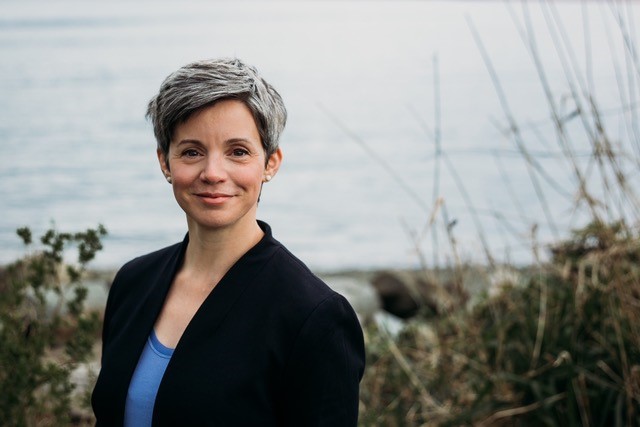- Home
- About Us
- The Team / Contact Us
- Books and Resources
- Privacy Policy
- Nonprofit Employer of Choice Award

 What conditions contribute to thriving fundraising teams and programs?
What conditions contribute to thriving fundraising teams and programs?
Many, and they are more nuanced than in the past.
With the pace of change and technology, these conditions are also no longer static. This article is not about one place, one team, or one cause. It is a present-day ingredient list, for a recipe to help create a thriving and mutually supportive fundraising program. I am grateful for every team and organization I’ve been part of, and to have worked with generous community members as supporters, volunteers, or colleagues.
First, let’s assume the big factors are in place: a compelling case for support and enthusiasm to ask, organizational leadership that supports fundraising, adequate resources for good fundraising work (investments in fair compensation, investments in a strong fundraising CRM, etc.), and realistic revenue goals that team members have been involved in creating. Once these things are in place, additional ingredients for a thriving fundraising program are as follows:
• A commitment to inclusive fundraising and communications. From Community-Centric Fundraising to Dignified Storytelling, there are growing movements, education and resources available to fundraisers to shift practices and tactics. There is clear momentum across the sector for these needed changes, as evident in most conference offerings and sector publications.
• Strong collaboration between fundraising and communications teams, and with front-line or program staff. This is not meant from a “how do we help them understand our needs as fundraisers” place, but is about authentic, reciprocal relationships, where fundraising teams also understand the needs and approaches of the organization’s amazing front-line and communications folks and how to better support them.
• A conscious focus on mental health and well-being. We can bring mindfulness to fundraising and to our teams by being truly present in meetings with donors, staff and with each other. We can counter false urgency, listen to each person’s unique lived experiences and needs, and work together to prevent burnout. Caring for each other, true collaboration, and adopting a shared goals model all support increased well-being.
• Dismantling silos. The structure of a fundraising program can generally be differentiated by type of fundraising, or by financial systems. Working together to build trust, naming challenges and opportunities, and then finding intersections and shared objectives is a game-changer. Over time, this can mean that the silos change from being written in marker, to perhaps just in pencil.
• Financial systems and readiness. Strong financial systems inside a fundraising team are essential. We can build strong processes with our skilled and dedicated finance teams to support this, and again understand their unique needs. We can also ensure that we build skills and knowledge in fundraising staff to work with budgets both for funders, and annual budgeting and analysis processes.
• Commitment to data hygiene, CRM knowledge and metrics. Whatever your CRM, find ways to build a culture of respect for data, its hygiene and again (as in the first condition) apply a data equity lens. Adapt to new CRM knowledge, as this continues to change rapidly. On the metrics side, we can expand the focus of revenue-based metrics to reveal a narrative on engagement and impact of a fundraising project and that will support team well-being.
• Understanding the broader ecosystem that fundraising works within including policy and sector-related advocacy. This is so important, whether it is changes to the tax system, to new models of work such as the four-day work week, or to new models of leadership.
• A culture of innovation. Teams that test new things inspire me. Foster a culture where curiosity, creativity and technology are embraced. Innovation also brings with it an ability to learn from “mistakes” that can, in fact, yield some of the best lessons.
A few practical tips
Conditions contribute to outcomes, and so does honest, open communication. As your teams, your leadership and you consider these areas—you will find more open dialogue, and not only stronger results, but more shared understanding.
We know that change is constant, so these conditions shall shift. By slowing down and listening to each other, we ensure our commitment to a thriving team and program.
Natasha Krotez, CFRE is Associate Director, Major Gifts and Planned Giving at Canuck Place Children’s Hospice, and Founder at Indovinare Partners. A queer fundraiser and leader with 20+ years of experience at equity and health organizations, community impact and social justice guide her work. Natasha has been a Certified Fund Raising Executive for 15 years, has an Associate Certificate in Fundraising Management from BCIT, and is an alumna of Pride at Work Canada’s THRIVE leadership program. She is grateful to learn, work, and live with her wife and young child on the traditional, stolen, and unceded territories of the xʷməθkʷəy̓əm (Musqueam), Sḵwx̱wú7mesh (Squamish) and Sel̓íl̓witulh (Tsleil-Waututh) Nations.